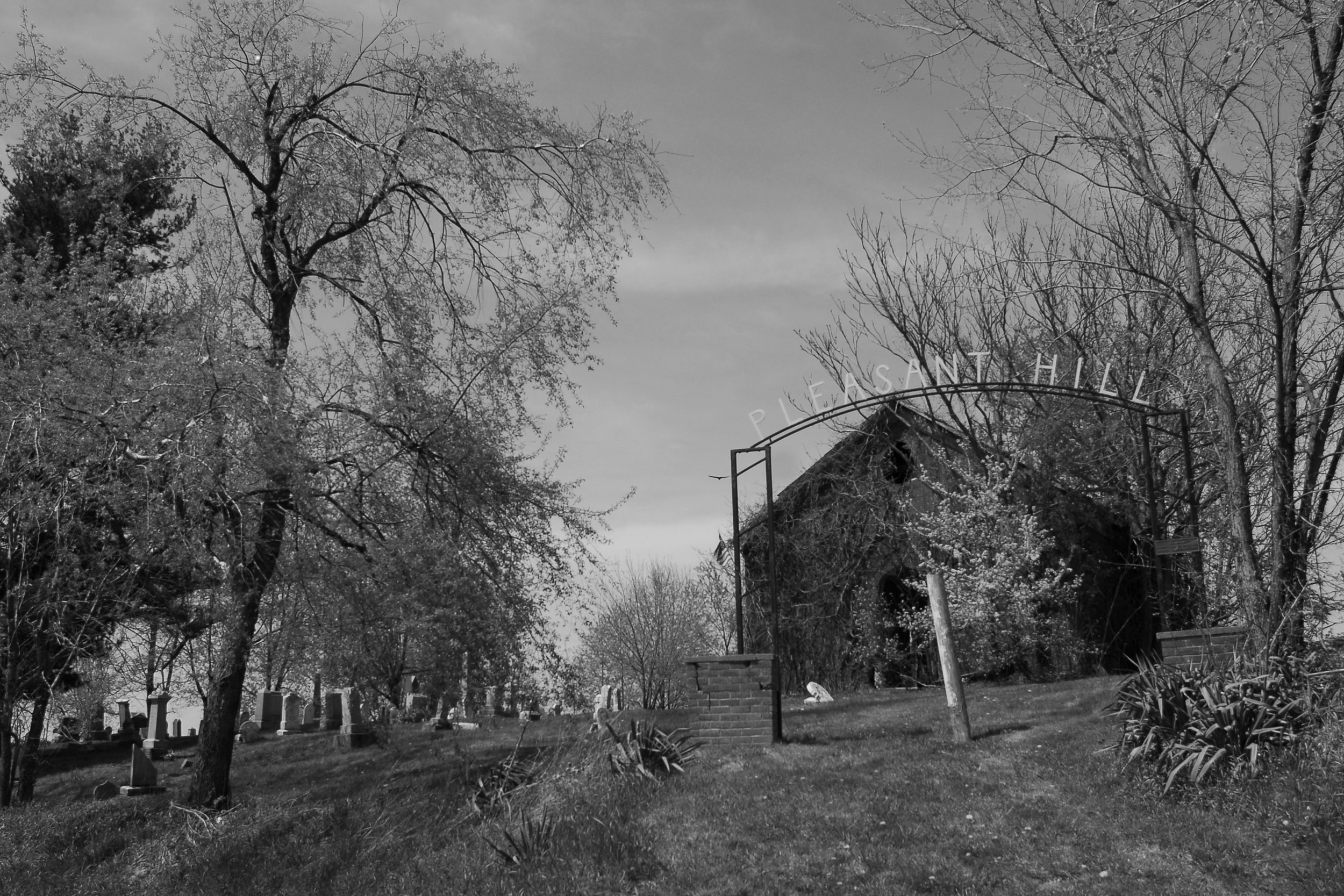13 Days of Halloween: #2 To Put to Sleep
/An actual graveyard, since the structure is a former church.
The word “cemetery” originated with the Greek word koiman, meaning “to put to sleep.” The first actual cemetery is believed to be a Moroccan cave called Taforalt that dates to 15,100 to 14,000 years ago. Civilizations and cultures have dealt with death in many evolutions: grave fields, family plots, consecrated church property (graveyards,) catacombs, rural cemeteries, memorial parks, and most currently, green burials.
Around 600 CE, the Church took over burial arrangements. Most people were buried in mass graves. When the bodies decomposed, the bones were removed to other places such as trenches along the graveyard perimeters or put underneath the church itself. In 1000 years this became a problem. Not only was space running short, the populations of cities and towns were growing, and caskets were stacked as many as six deep in plots. People began dying in record numbers from the plague, cholera, and other diseases. Graveyards were no longer considered safe for the living with their concentrations of diseased bodies decomposing into the surrounding air. Runoff and floods leached into creeks and rivers, carrying the bacteria to the general population.
Revolutionary War soldiers lay at rest here. This area of Ohio was a battle ground and the new frontier, and many received land on the West side of the Ohio River in payment for their service.
By the 16th century Paris addressed the problems by exhuming skeletons from all of the church graveyards and depositing them in underground tunnels, now catacombs. Estimates speculate that the bones of six million people reside there. Other European cities followed suit.
A longer-term solution was in order and led to the development of “rural” landscaped cemetery parks. Usually located just outside of the city or town, the sprawling land was designed to be park-like with trees and plantings promoting peace, communing with loved ones, and contemplation, since many people thought of death as a type of sleep. They were operated by municipalities or private entities, and people felt so comfortable there that they spent time picnicking with their departed loved ones regularly and used the cemeteries as recreational spaces. The first in Europe was built in 1785, and the first in the United States was built in 1831 in Cambridge, Massachusetts. Beautiful historic Mount Hope Cemetery was also an early example, built in 1839, and still operating today. Both Susan B. Anthony and Frederick Douglass rest there, along with many other of Rochester’s most prominent names.
The photos in today’s post were taken in Belmont County, Ohio.
Here are a few facts about other cemeteries. Happy Halloween:
Washington Square Park in New York City was once a graveyard. There may be as many as 20,000 bodies still buried there.
Arlington National Cemetery used to be Robert E. Lee’s estate, where he lived. During the Civil War the Union occupied the land and turned it into a cemetery to keep Lee from trying to return there.
In Liverpool, England, there is a headstone in the graveyard of St. Peter’s Church with the name “Eleanor Rigby.”
Ants and bees designate “undertakers” in their colonies to take their dead to their own type of cemetery: a trash pile away from the nest or a special chamber in the hive. Some will even bury their dead.
Jewish cemetery visitors leave stones at the graves of loved ones rather than flowers. The symbolism is that flowers are impermanent, and stones represent the love, memories, and soul as eternal.
cemeteries are not just places to put bodies. They are history, giving us glimpses of the past and making it real. In a morristown, OH cemetery I found a large stone with the name “gaston” and a brief family story noting that part of the family moved to portland, oregon. There is a town outside of portland called gaston. I’ve been there.
















